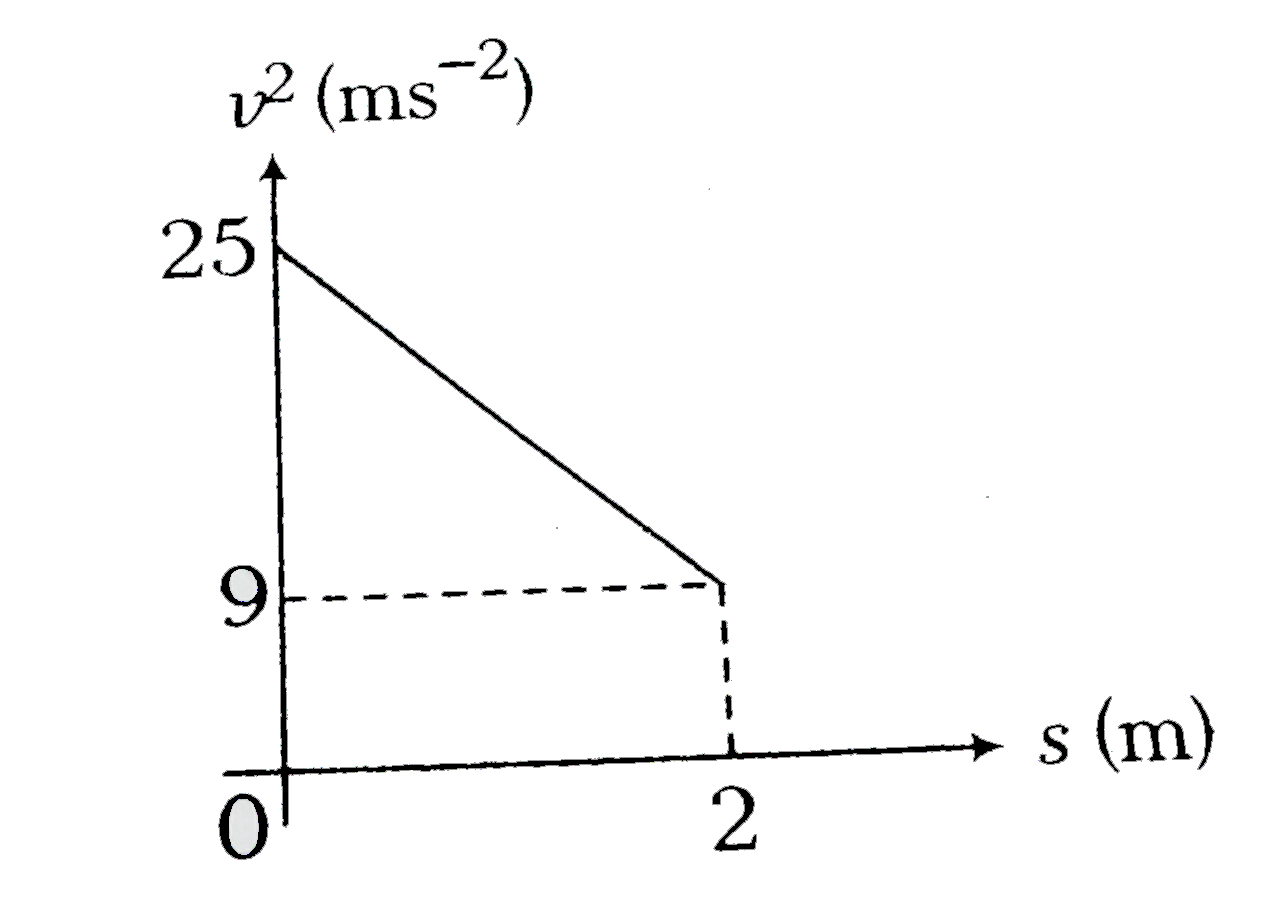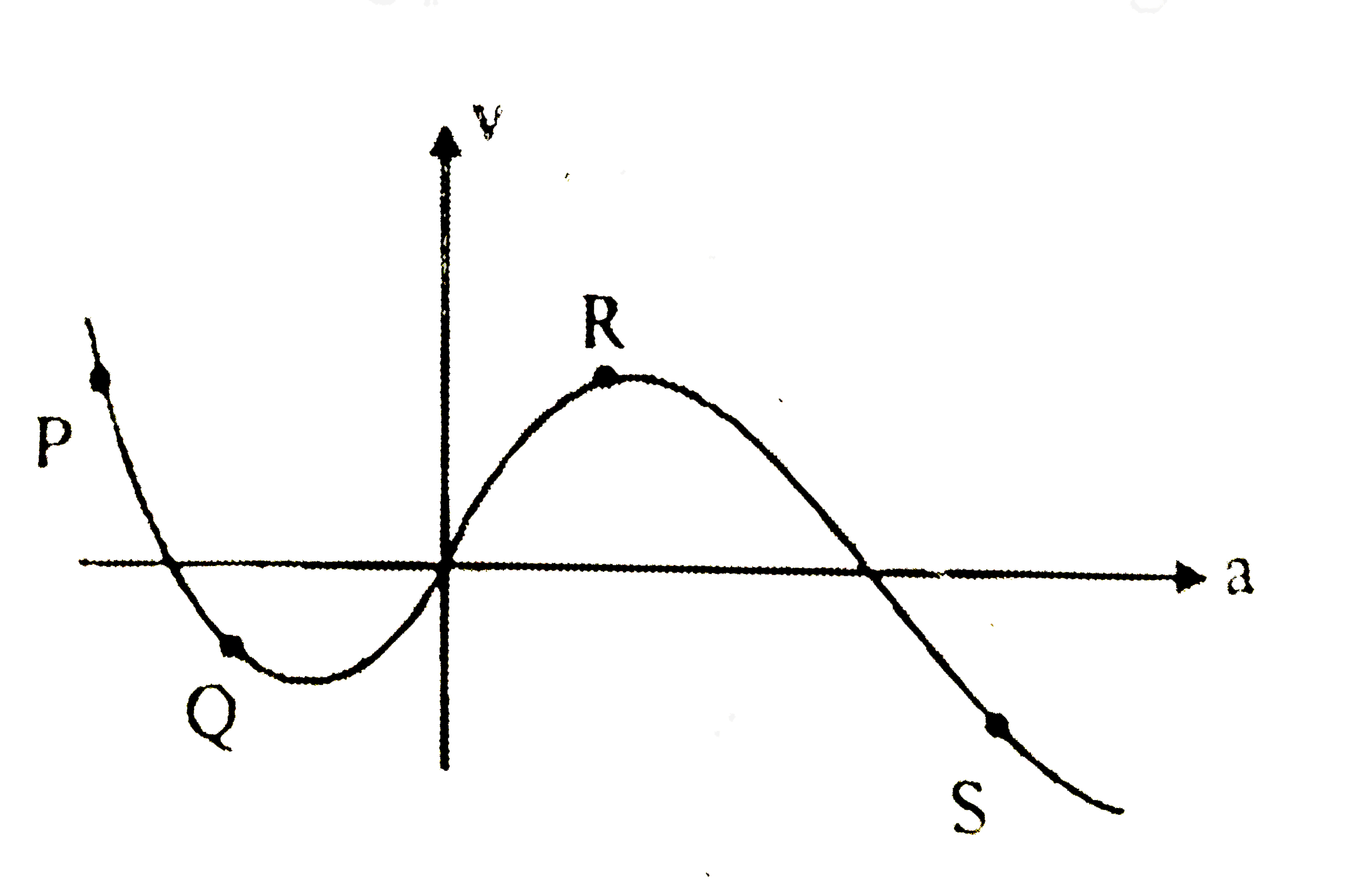How does the change in velocity of a moving particle alter the wavelength related to the particle ?
The wavelength of a moving particle is inversely proportional to its velocity.
Topper's Solved these Questions
- BOOK - PRADEEPCHAPTER - STRUCTURE OF ATOMEXERCISE - Additional Questions (Short Answer question)47videos
STRUCTURE OF ATOM
- BOOK - PRADEEPCHAPTER - STRUCTURE OF ATOMEXERCISE - Additional Questions (Long Answer Questions)16videos
STRUCTURE OF ATOM
- BOOK - PRADEEPCHAPTER - STRUCTURE OF ATOMEXERCISE - NCERT Exemplar Problems With Answers, Hints and Solution (Long Answer Questions)5videos
STRUCTURE OF ATOM
- BOOK - PRADEEPCHAPTER - STATES OF MATTER: SOLID MATTEREXERCISE - COMPETITION FOCUS (ASSERTION-REASON)17videos
STATES OF MATTER: SOLID MATTER
- BOOK - PRADEEPCHAPTER - THERMODYNAMICSEXERCISE - MULTIPLE CHOICE QUESTION ( BASED ON PRACTICAL CHEMISTRY)3videos
THERMODYNAMICS
Similar Questions
Knowledge Check
- Question 1 - Select One
If electron, hydrogen, helium and neon nuclei are all moving with the velocity of light, then the wavelengths associated with these particles are in the order
Aelectron gt hydrogen gt helium gt neonBelectron gt helium gt hydrogen gt neonCelectron lt hydrogen lt helium lt neonDneon lt hydrogen lt helium lt electron. - Question 2 - Select One
if electron , hydrogen , helium and neon nuclei are all moving with the velocity of light , then the wavelength associated with these particles are in the order
AElectron gt hydrogen gt helium gt neonBElectron gt helium gt hydrogen gt neonCElectron gt hydrogen lt helium lt neonDneon lt hydrogen lt helium lt electron - Question 3 - Select One
A graph between the square of the velocity of a particle and the distance s moved by the particle is shown in the figure. The acceleration of the particle is
 A−8ms−2B−4ms−2C−16ms−2DNone of these
A−8ms−2B−4ms−2C−16ms−2DNone of these
A beam of aplha particle moves with a velocity of 3.28×103ms−1 Calculate the wavelength of the α particles.
View SolutionIf "v" is the velocity of a particle moving in a straight line and "a" is acceleration of the particle,then the speed of the particle would be decreasing if
View SolutionA particle moves in a straight line with a uniform acceleration a. Initial velocity of the particle is zero. Find the average velocity of the particle in first 's' distance.
View SolutionA particle is moving along a circle of radius 20cm, with a linear velocity of 2m//s. Calculate the angular velocity of the particle.
View SolutionThe maximum particle velocity in a progressive wave is 4 times of the wave velocity. If the amplitude of the particle is 'A', then the wavelength of the wave is
View Solution


